Prepare to make a beeline for the Milan World Expo’s UK Pavilion
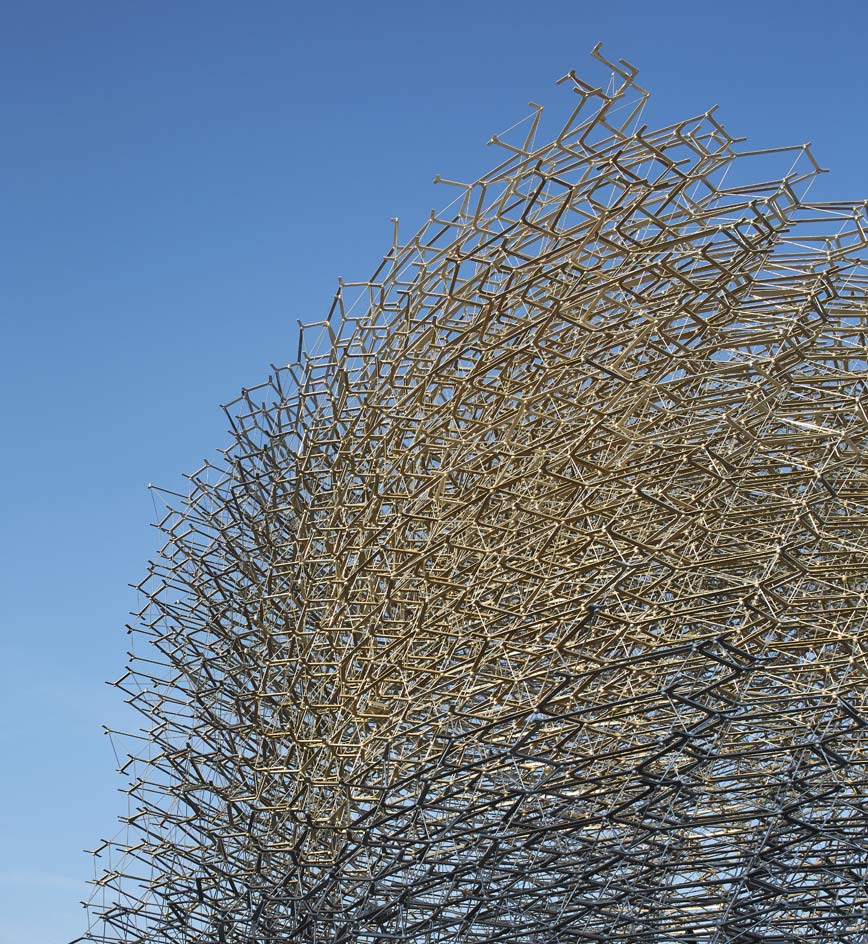
Themes for world fairs tend to be broad and inclusive by nature - from Shanghai's Better City, Better Life in 2012, to Astana's upcoming 2017 theme, Energy For The Future - their aim is to inspire and touch on a common, global topic through different interpretations. Making this overarching theme their own is part of the challenge for any designer involved, and one that Nottingham-based artist Wolfgang Buttress happily took on, when he submitted his proposal for the UK Pavilion in Milan's World Expo 2015 last year.
Proposing a pavilion that focuses on an experience, Buttress responded to the 2015 theme, Feeding The Planet, Energy For Life, by highlighting the importance and issues of the honeybee. 'I was sceptical about how you can express this theme simply, in a single pavilion,' he says. 'The honeybee metaphor worked well. Bee colonies are in danger and the bee is directly or indirectly responsible for every 1/3 mouthful of food we eat.'
The pavilion is designed to cleverly transport a section of the British countryside to Milan. The site is long and narrow (a rough 20m x 100m) so the team translated it as a journey, at the end of which sits its sculptural centrepiece and main building. A walk through a rich garden of different planted landscapes will bring the visitor up to the structure, which abstractly resembles a beehive. The 'beehive' is made of aluminium. 'We wanted to work with materials that patinate', says Buttress.
British food will be offered and displayed within, while bespoke sound pieces (including a live feed from a UK bee colony) and smells accompany the visual feast for a truly full experience that engages each sense. Buttress worked on the design with architecture firm BDP and consulted physicist and bee expert Dr Martin Bencsik.
Manufacturing the piece was no mean feat; the level of complexity was high. Created in the workshop of expert makers Stage One in York (the people also behind the annual Serpentine pavilion), the structure consists of an impressive 169,300 pieces, weighing some 50 tons.
The competition was won in May 2014 and with Stage One already appointed for the manufacturing, construction began in October the same year. 'It was a journey of discovery,' says Stage One Sales and Marketing Director Tim Leigh. 'Time was the most challenging element in this project.' Almost a full year since then and the striking installation is now gearing up for the Expo's official inauguration on May 1st.
Partnering with the UK Pavilion for its first ever special preview, Wallpaper* was there during the Salone del Mobile fair to celebrate the completion together with Buttress, the UK Commissioner General for Milan Expo 2015 Hannah Corbett and the UK Ambassador to Italy Christopher Prentice, in an exclusive event. Meanwhile, Wallpaper*Handmade at EXPO Gate gathered the 'best of' all the gastronomic-related wonders from leading designers, manufacturers and craftsmen. The items on display were selected from the show's past five editions and inspired by the upcoming Milan Expo and its food-related motto, whetting our apetite for what is to come.
When the doors are thrown open, the UK Pavilion will no doubt provide an arresting, immersive and informative attraction. The theme and structure's complexity comes together under a single, powerful idea. 'We needed to remember that it will be visited by people from different places and different cultures,' says Buttress. 'It makes you want to go simple and elemental.'
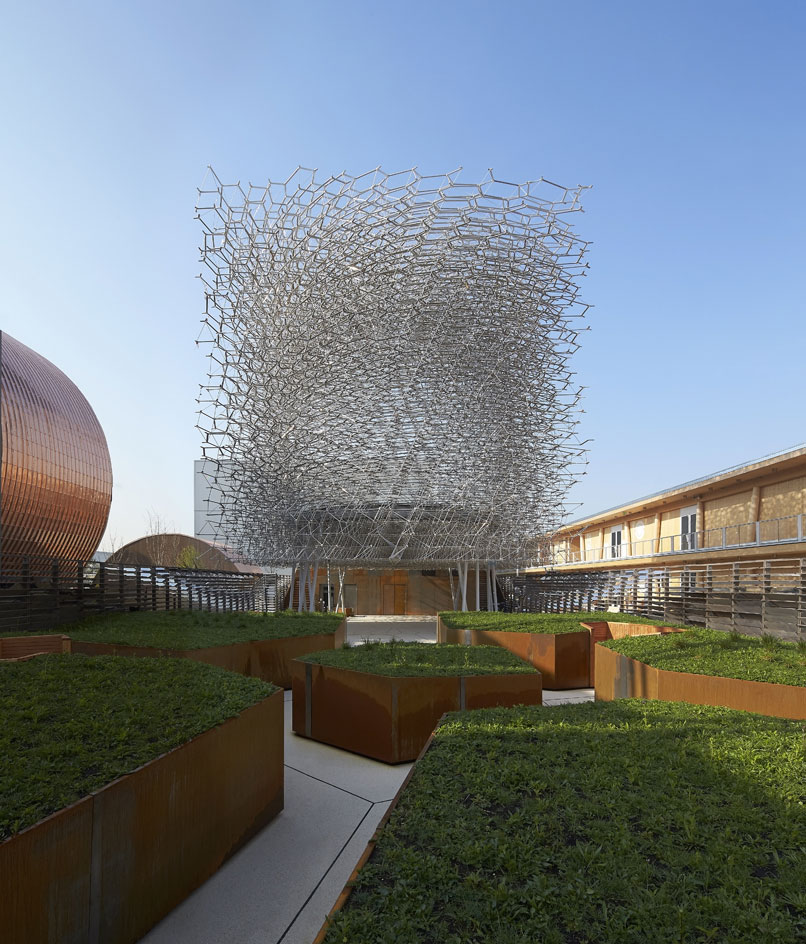
Exploring the activities and motions of a bee colony, the Pavilion seeks to draw comparisons with human societies
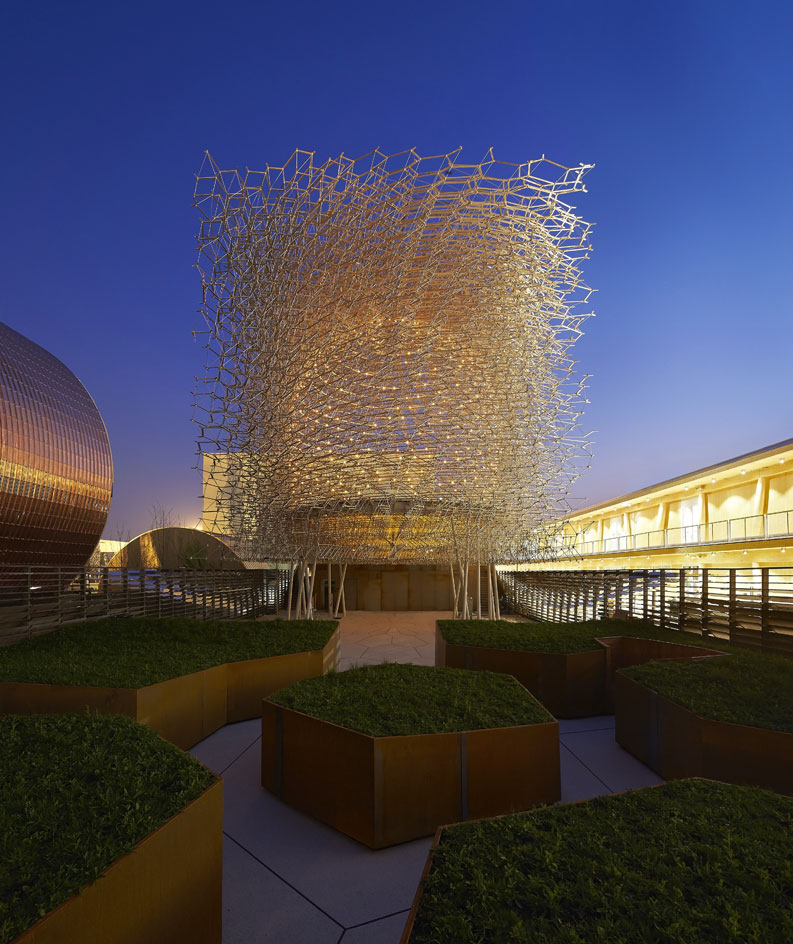
As daylight falls, hundreds of LED lights switch on, creating a glow inside the cubic structure
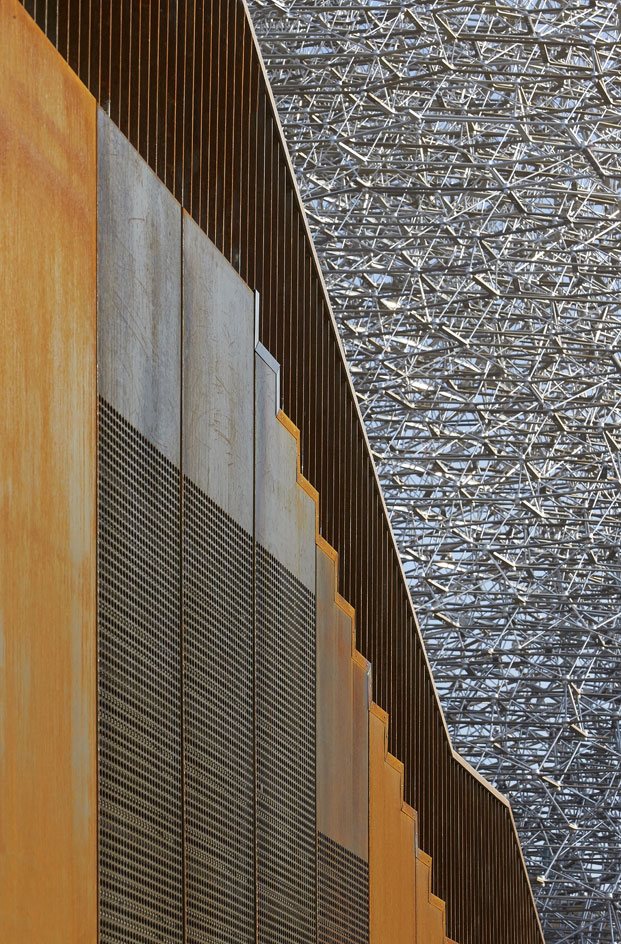
Visitors climb a staircase over a patinated metal building to reach the centre of the Hive, where attention is drawn upwards to the framed circular hole at the sculpture's top
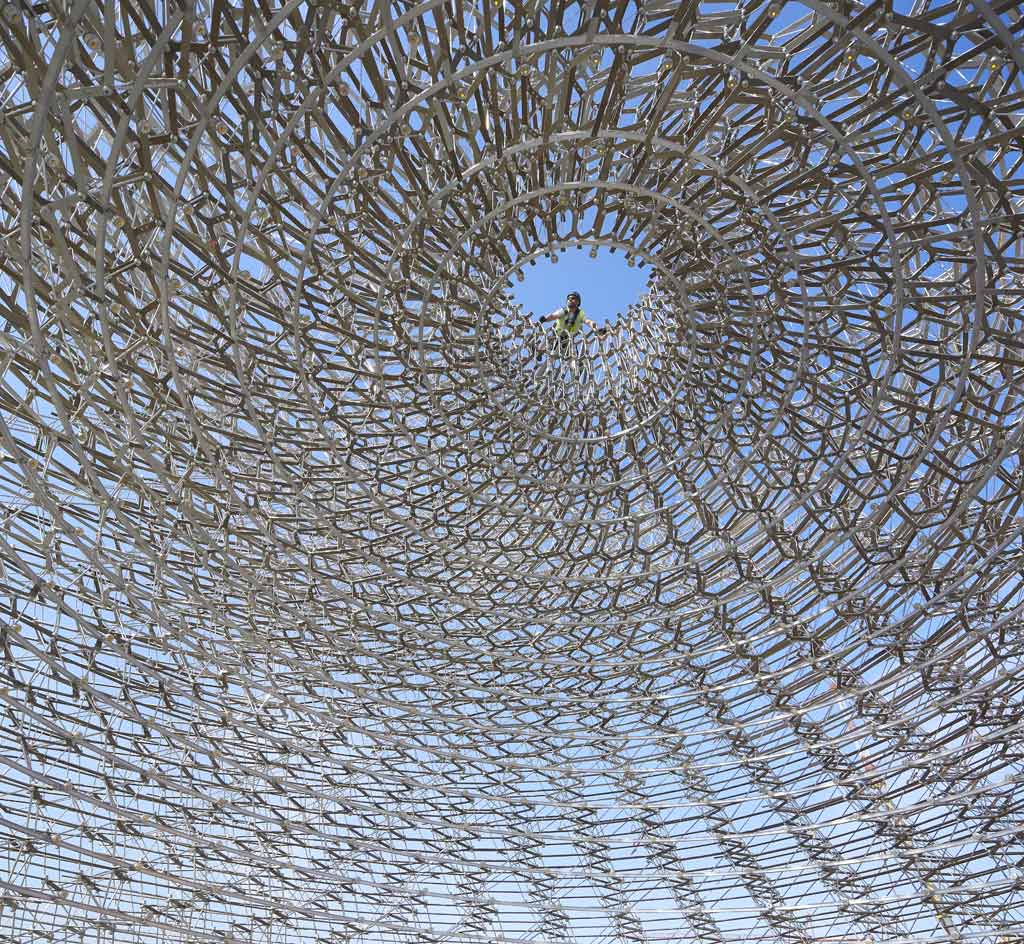
The shiny metallic structure echoes a honeycomb, displaying a multi-layered construction with geometric variation and a translucent quality
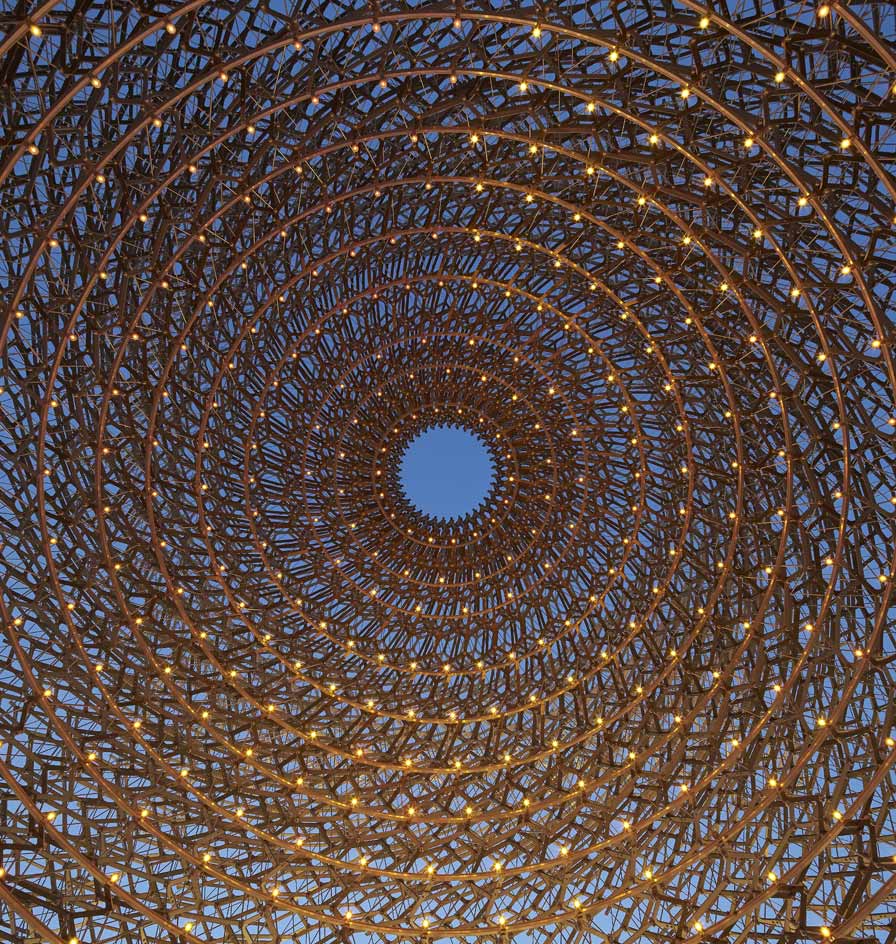
The central dome is illuminated by concentric rings of pinprick lights, exhibiting visual and audio effects which respond to the movement of bees in a real UK beehive
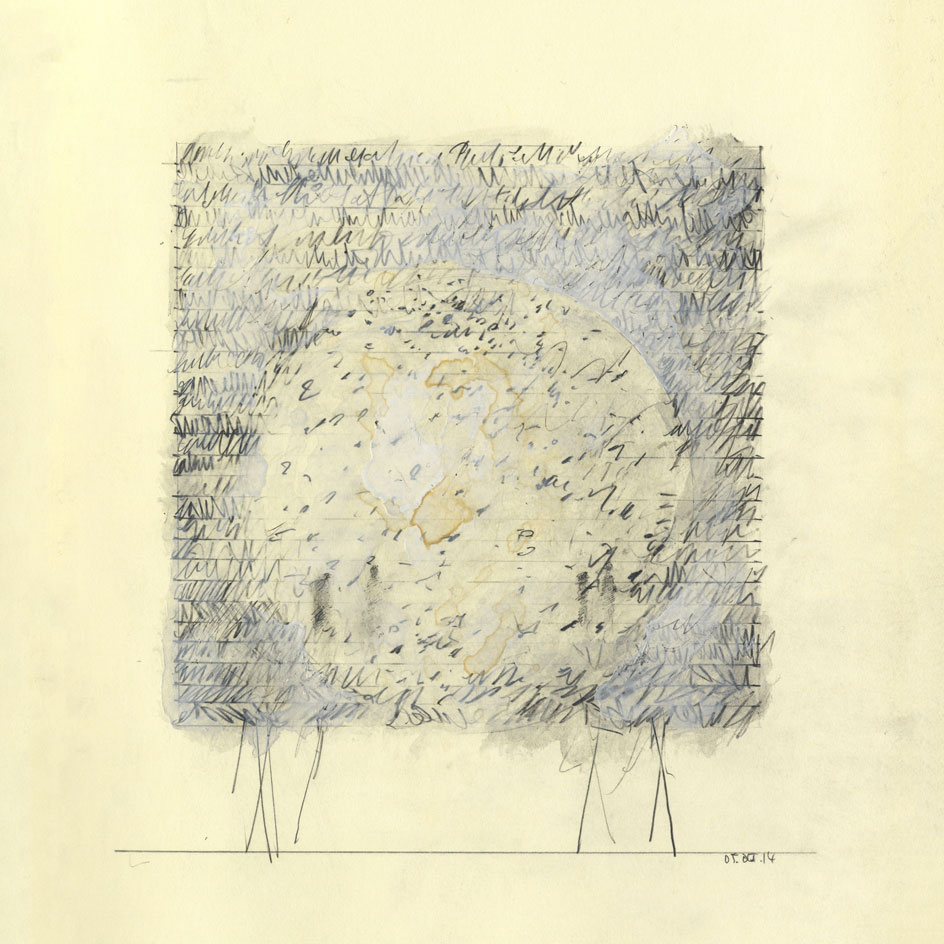
An impressive 169,300 pieces form the structure, which weighs some 50 tons
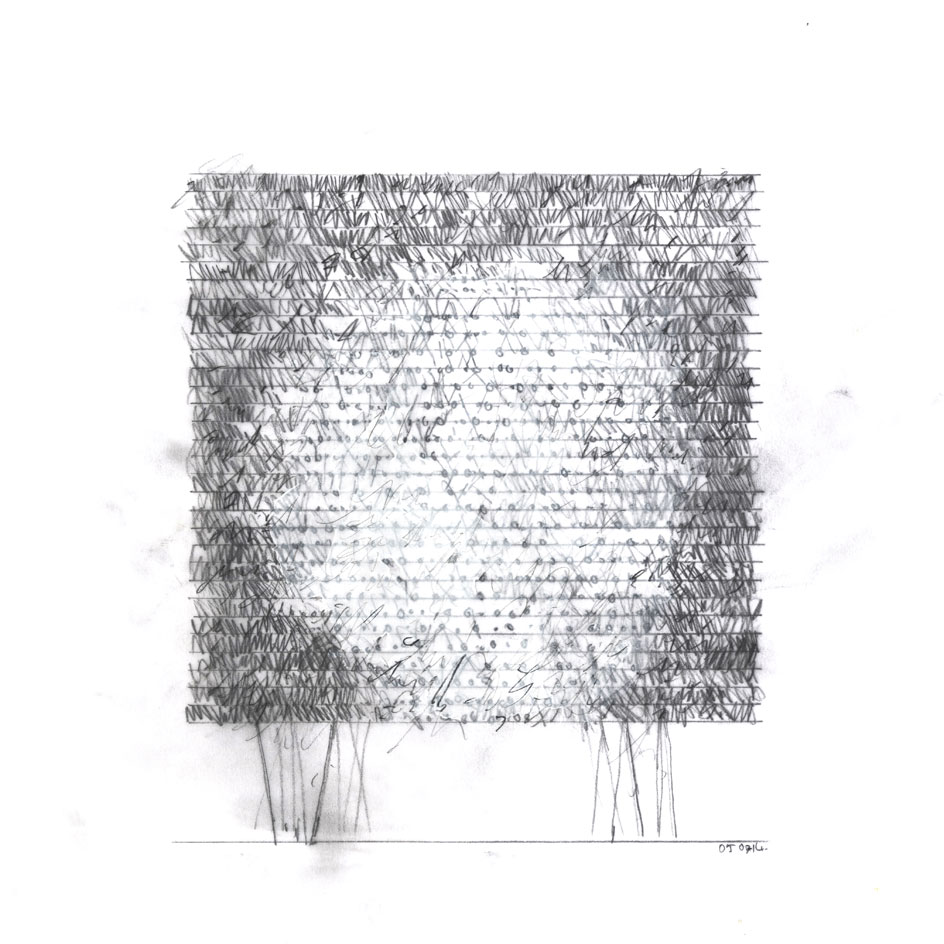
Wolfgang Buttress' entry won the competition for the UK Pavilion back in May 2014
ADDRESS
UK Pavilion
World Expo 2015, Milan
1 May - 31 October 2015
Wallpaper* Newsletter
Receive our daily digest of inspiration, escapism and design stories from around the world direct to your inbox.
Ellie Stathaki is the Architecture & Environment Director at Wallpaper*. She trained as an architect at the Aristotle University of Thessaloniki in Greece and studied architectural history at the Bartlett in London. Now an established journalist, she has been a member of the Wallpaper* team since 2006, visiting buildings across the globe and interviewing leading architects such as Tadao Ando and Rem Koolhaas. Ellie has also taken part in judging panels, moderated events, curated shows and contributed in books, such as The Contemporary House (Thames & Hudson, 2018), Glenn Sestig Architecture Diary (2020) and House London (2022).
-
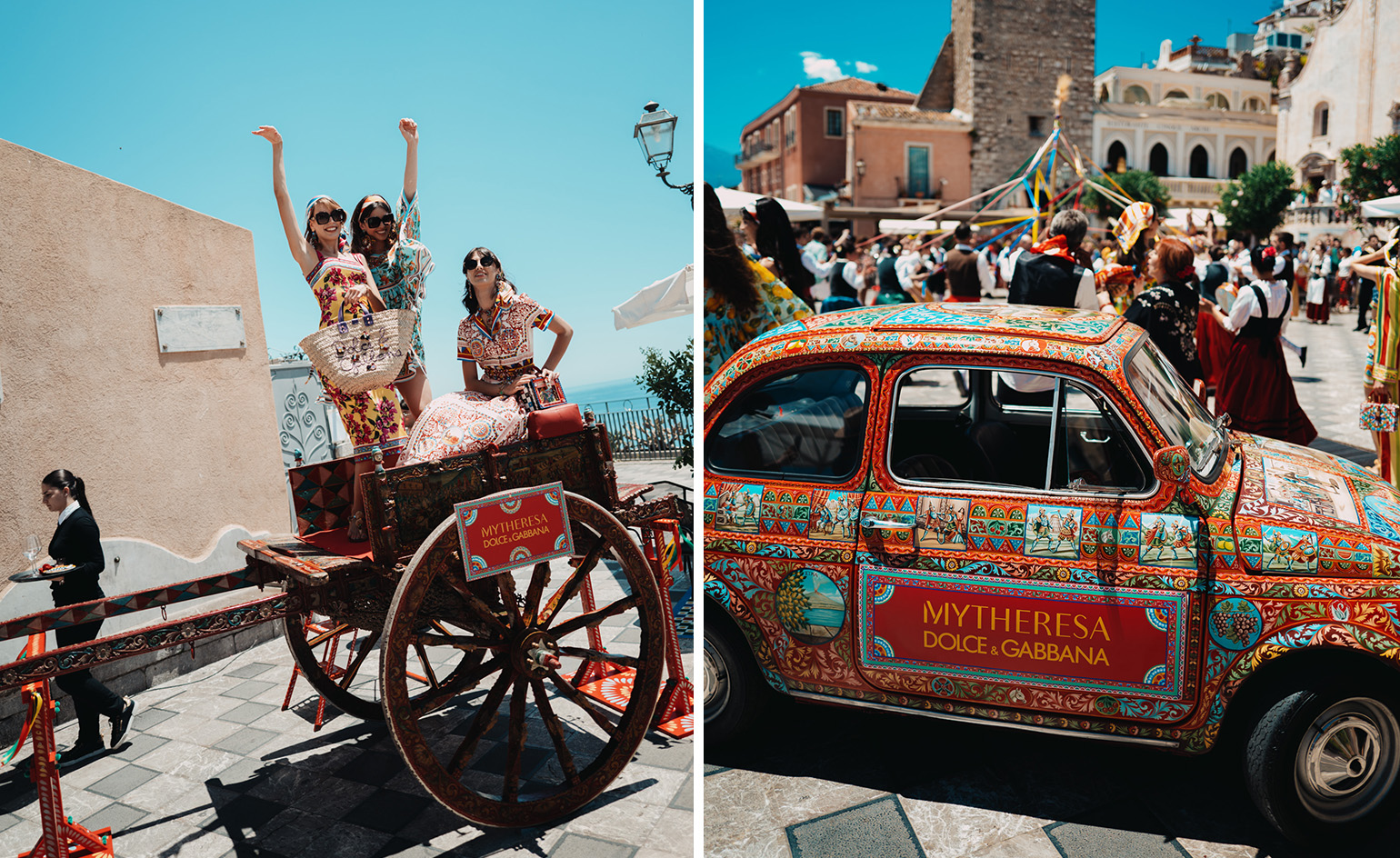 ‘The White Lotus’ meets La Dolce Vita: inside Mytheresa and Dolce & Gabbana’s Taormina takeover
‘The White Lotus’ meets La Dolce Vita: inside Mytheresa and Dolce & Gabbana’s Taormina takeoverWallpaper* travels to Taormina, Sicily, where a two-day celebration of the latest Dolce & Gabbana x Mytheresa collaboration centred around San Domenico Palace, A Four Seasons Hotel – the filming location of ‘The White Lotus’ season two
-
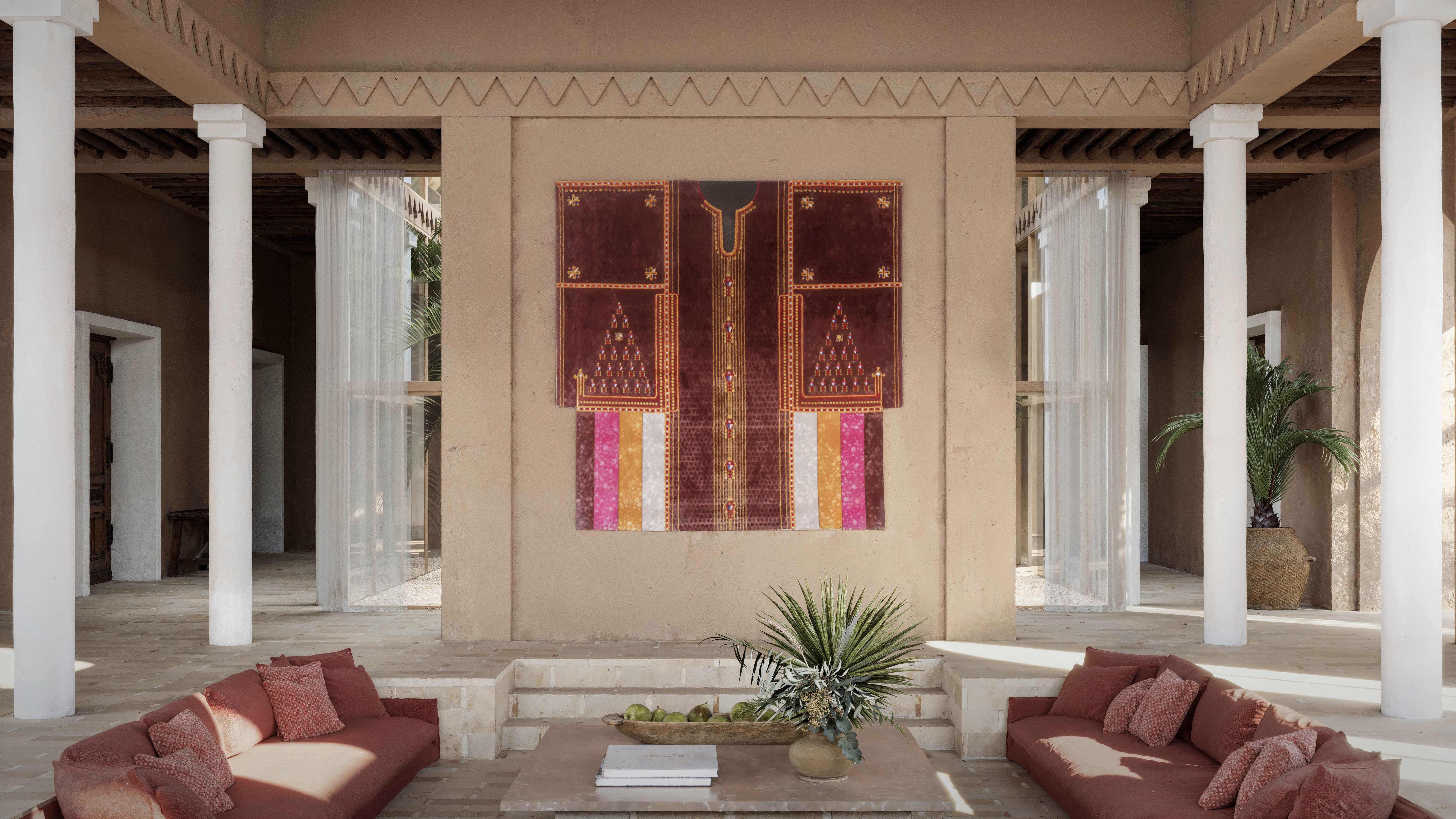 Eight highlights from the first Downtown Design Riyadh
Eight highlights from the first Downtown Design RiyadhDowntown Design Riyadh, an all-new sister showcase to Dubai’s longtime contemporary fair for bespoke and collectible design, held its inaugural edition in the Saudi capital from 20-23 May 2025
-
 The Serpentine Pavilion 2025 is ready to visit, ‘an exhibition you can use’
The Serpentine Pavilion 2025 is ready to visit, ‘an exhibition you can use’The Serpentine Pavilion 2025 is ready for its public opening on 6 June; we toured the structure and spoke to its architect, Marina Tabassum
-
 11 things that caught our eye at Clerkenwell Design Week 2025
11 things that caught our eye at Clerkenwell Design Week 2025The Wallpaper* team bring you highlights from London’s Clerkenwell Design Week (20-22 May) – from public installations to product launches and a biscuit bar
-
 For its 24th edition, Triennale Milano's International Exhibition examines the theme of ‘Inequality’
For its 24th edition, Triennale Milano's International Exhibition examines the theme of ‘Inequality’The design institution shines a light on events such as the Grenfell disaster, climate crises and the Israel-Hamas war through architecture, art, products, technology and data
-
 ‘Romantic brutalism’ rethinks Polish craft
‘Romantic brutalism’ rethinks Polish craftAn exhibition in Warsaw gives local makers their due, looking inside the burgeoning world of Polish design
-
 Eight designers to know from Rossana Orlandi Gallery’s Milan Design Week 2025 exhibition
Eight designers to know from Rossana Orlandi Gallery’s Milan Design Week 2025 exhibitionWallpaper’s highlights from the mega-exhibition at Rossana Orlandi Gallery include some of the most compelling names in design today
-
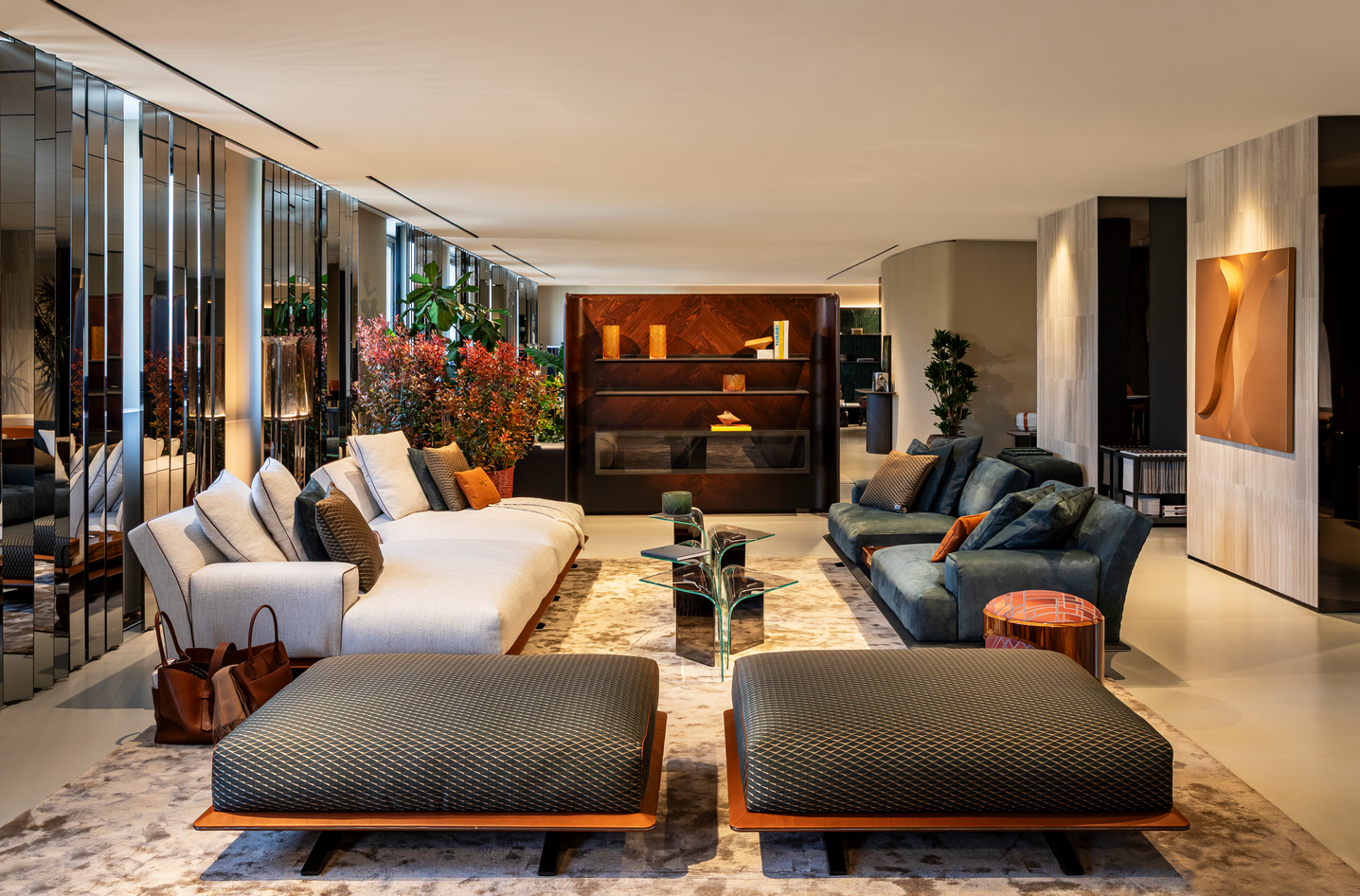 Bentley’s new home collections bring the ‘potency’ of its cars to Milan Design Week
Bentley’s new home collections bring the ‘potency’ of its cars to Milan Design WeekNew furniture, accessories and picnic pieces from Bentley Home take cues from the bold lines and smooth curves of Bentley Motors
-
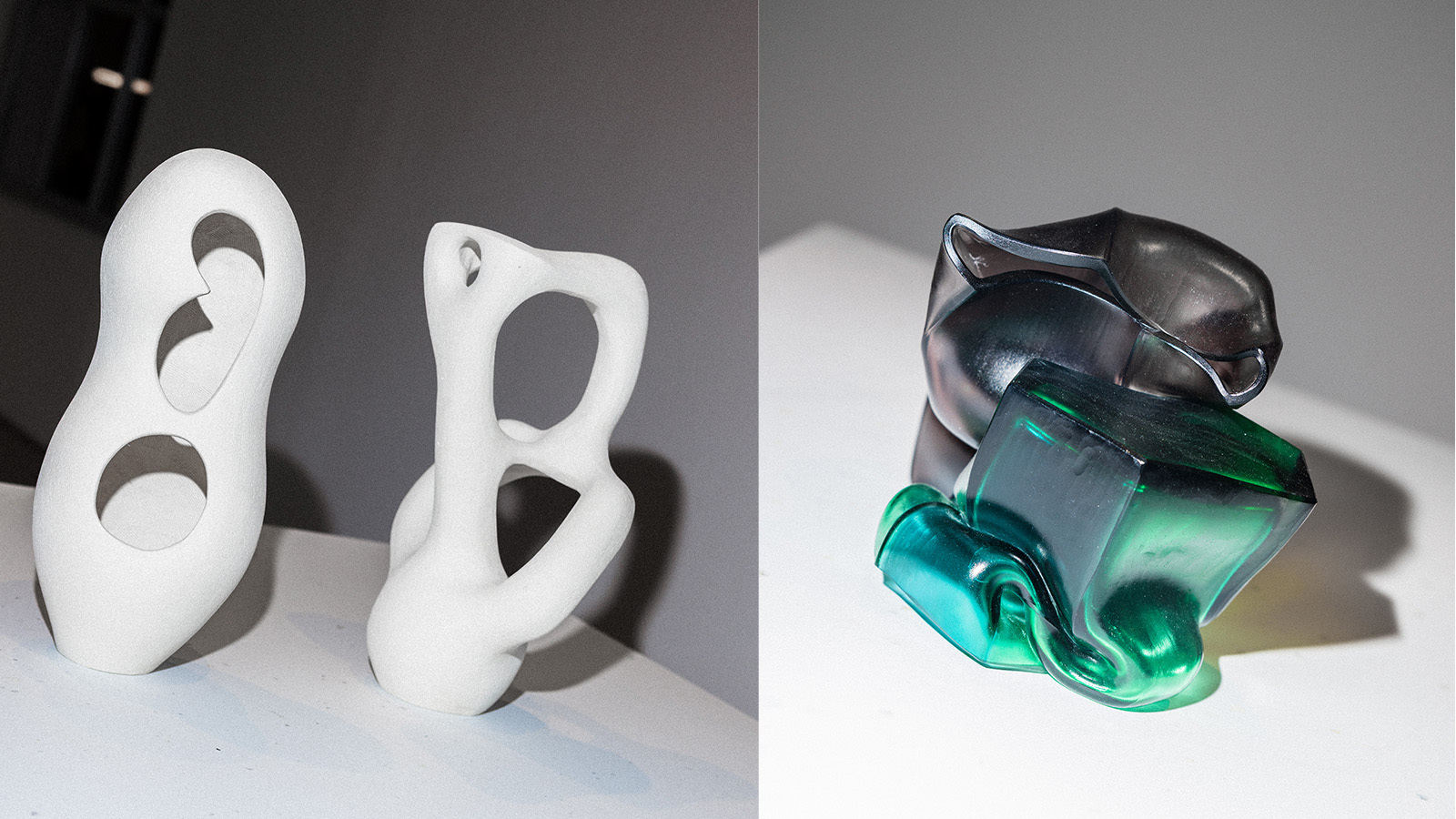 StoneX partners with Wallpaper* for material alchemy at Milan Design Week and beyond
StoneX partners with Wallpaper* for material alchemy at Milan Design Week and beyondThe natural stone purveyor teams up with Wallpaper* for a three-year partnership of material adventures, starting with an exhibition at Triennale di Milano
-
 David Rockwell’s Milan Design Week presentation is a love letter to cork
David Rockwell’s Milan Design Week presentation is a love letter to corkRockwell Group’s Casa Cork installation showcases this under-appreciated material, which is infinitely recyclable and sequesters carbon for decades
-
 Emerging galleries to discover during Milan Design Week
Emerging galleries to discover during Milan Design WeekWallpaper’s Milan editor has the inside track on the younger design galleries coming to town